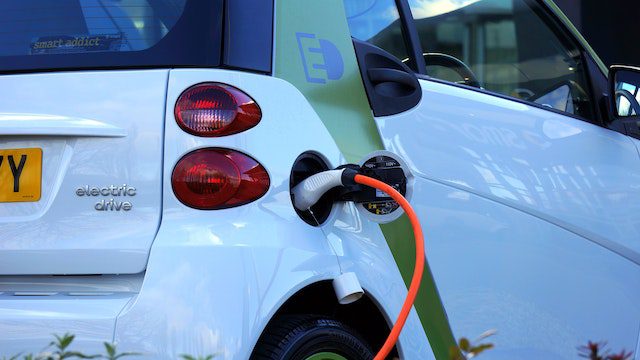

Auto electrical problems can be frustrating and difficult to diagnose, especially if you’re not familiar with the inner workings of your car’s electrical system. However, with the right tools and knowledge, diagnosing auto electrical problems can be a relatively straightforward process. In this blog, we will explore how auto electrical problems are diagnosed.
Understanding Auto Electrical Systems
Before we dive into the diagnostic process, it’s important to understand the basics of auto electrical systems. Most modern cars have complex electrical systems that include a battery, alternator, starter, fuses, relays, sensors, and various other components.
The electrical system is responsible for powering the car’s various electrical components, including the lights, radio, air conditioning, and more. It also controls critical functions like engine timing, fuel injection, and emissions control.
Auto Electrical Problems
Auto electrical problems can range from simple issues like a blown fuse to more complex issues like a faulty sensor or wiring problem. Some common symptoms of auto electrical problems include:
- Dead battery or difficulty starting the car
- Dim or flickering lights
- Electrical components not working (e.g., radio, air conditioning)
- Electrical system warning light on the dashboard
- Engine misfiring or stalling
Diagnosing Auto Electrical Problems
When it comes to diagnosing auto electrical problems, there are several steps that a mechanic or car owner can take to identify and fix the issue. Here are some common diagnostic steps:
Check the Battery
The first step in diagnosing an auto electrical problem is to check the battery. A dead or weak battery can cause a range of issues, including difficulty starting the car, dim or flickering lights, and more. Use a multimeter to measure the voltage and inspect the battery. The voltage of a healthy battery should be close to 12.6 volts.
Check the Alternator
The alternator will then be examined if the battery is in excellent condition. When the engine is running, the alternator is in charge of powering the car’s electrical system and charging the battery. If the alternator is faulty, it can cause the battery to lose charge and cause various electrical problems. To check the alternator, use a multimeter to test the voltage output. A voltage value of roughly 14 volts indicates a healthy alternator.
Check Fuses and Relays
If the battery and alternator are in good condition, the next step is to check the fuses and relays. A blown fuse or faulty relay can cause electrical components to stop working or cause other issues. To check the fuses and relays, use a test light or multimeter to test for continuity. If a fuse or relay is faulty, it will need to be replaced.
Check Wiring and Connections
If the battery, alternator, fuses, and relays are all in good condition, the next step is to check the wiring and connections. Loose, corroded, or damaged wiring can cause electrical problems or even prevent the car from starting. To check the wiring and connections, use a test light or multimeter to test for continuity and check for any signs of damage or corrosion.
Check Sensors and Modules
If the battery, alternator, fuses, relays, wiring, and connections are all in good condition, the next step is to check the sensors and modules. These components are responsible for controlling critical functions like engine timing, fuel injection, and emissions control. If a sensor or module is faulty, it can cause a range of issues, including engine misfires, stalling, and more. To check the sensors and modules, use a diagnostic scanner to read any error codes and perform any necessary tests.
Conclusion
Diagnosing auto electrical problems can be a complex process, but by following these diagnostic steps, a mechanic or car owner can identify and fix most issues. It’s important to have a basic understanding of how the auto electrical system works and to use the right tools and equipment to diagnose problems.
If you’re not confident in your ability to diagnose and fix auto electrical problems, it’s always best to seek the help of a professional mechanic. They will have the necessary tools and expertise to quickly and accurately diagnose and fix any issues with your car’s electrical system.
Regular maintenance and inspections can also help prevent auto electrical problems from occurring in the first place. By keeping your car’s battery, alternator, fuses, relays, wiring, and sensors in good condition, you can avoid costly repairs and keep your car running smoothly and reliably.
Diagnosing auto electrical problems requires a systematic approach and a good understanding of the different components of the electrical system. By following the steps outlined in this blog and seeking professional help when necessary, you can keep your car’s electrical system in good working order and avoid any costly and frustrating issues.




